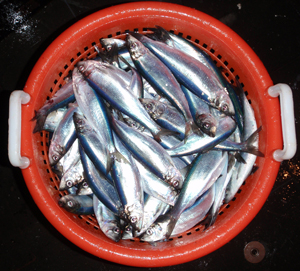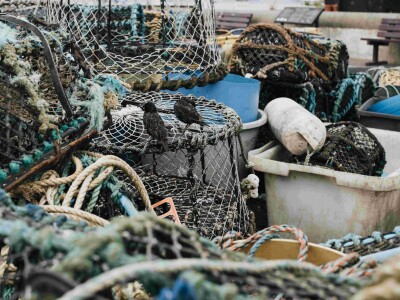Regulators halt Gulf of Maine fishing
Interstate regulators with the Atlantic States Marine Fisheries Commission decided to shut down the Gulf of Maine herring fishery from Sept.13 until the end of the month, saying 97 percent of the quota from the productive fishing grounds has been landed.
The area includes coastal Massachusetts, New Hampshire and Maine.
Herring fishermen started the year with a catch limit of more than 240 million pounds, but that figure was scaled back to just under 110 million pounds in mid-August by NMFS “to lessen the risk of overfishing.” The agency warned that while the season officially ends on Dec. 13, certain grounds could be closed early as the catch limit neared.
Last year the commission closed the same region to fishing for the month of October based on an analysis of samples of female herring in the area. The closure was related to spawning.
The herring catch has been declining since 2013, and this year’s catch again appears lower than previous years, according to NMFS.
Boats that harvest other species can continue to fish the grounds but will be limited to possessing no more than 2,000 pounds of herring per trip per day.
Herring are harvested for food, oil and bait. The stock is a vital bait supply to the Northeast’s lobster fishery. The herring fleet typically catches more than 150 million pounds a year. As the lobster fishery has expanded in recent years, the herring fishery has declined, causing bait shortage issues for lobstermen along the East Coast.







